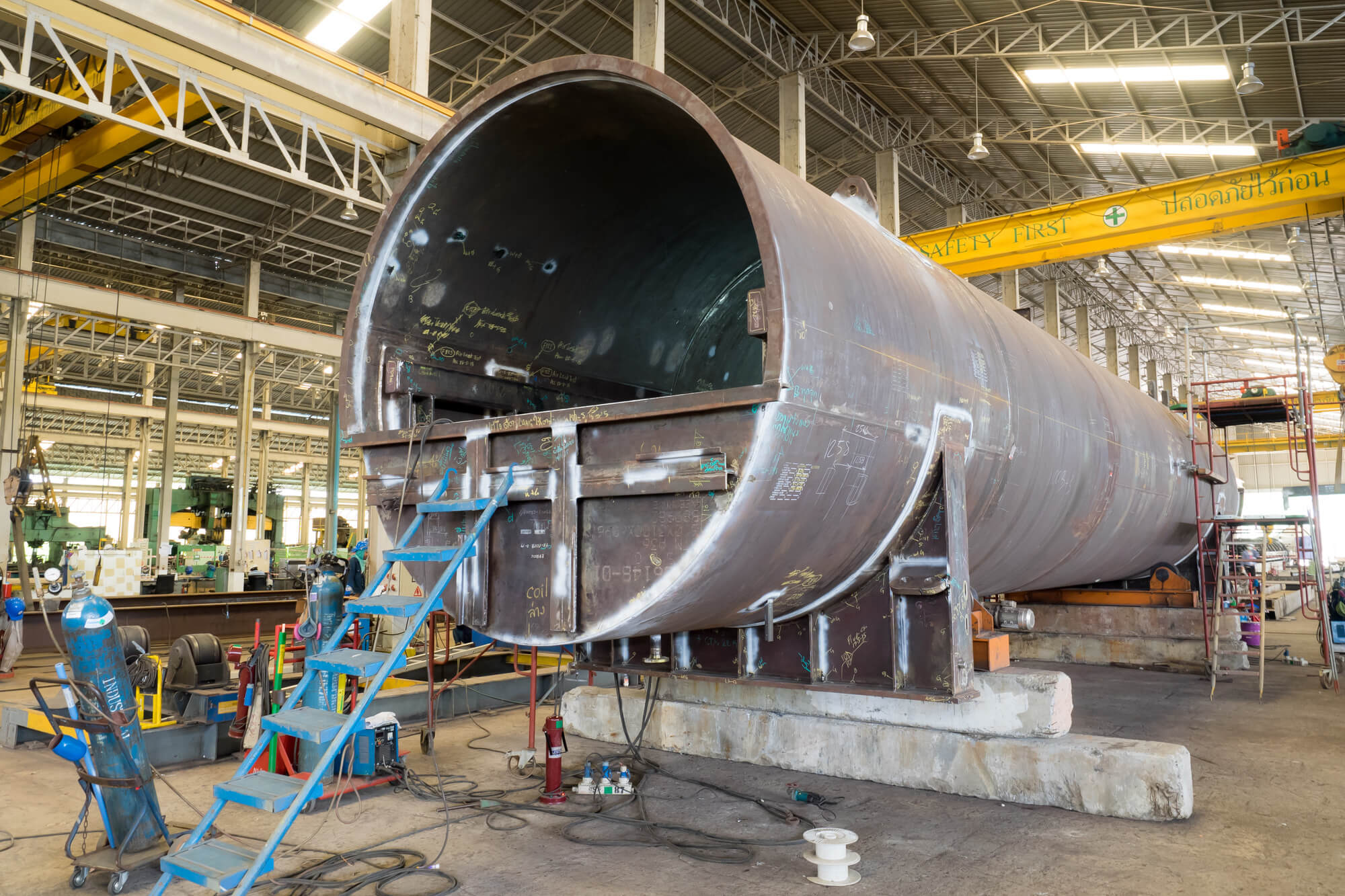Fabricating High Pressure Containers Requires Serious Skills

High pressure pumps and custom pressure vessels are critical components in many industrial processes. From oil and gas drilling to chemical production, these vessels must be designed and fabricated to withstand extreme pressures and temperatures. Fabricating high pressure containers requires serious skills and expertise to ensure safety and reliability.
Designing Custom Pressure Vessels
The design process for custom pressure vessels begins with a detailed understanding of the application requirements. This includes determining the maximum operating pressure and temperature and any special considerations, such as corrosive materials or flammable gases. The design must also consider factors such as the vessel’s size, weight, shape, and location of any fittings or connections.
Once the design is finalized, the fabrication process can begin. This typically involves cutting, bending, and welding the vessel’s components together. Skilled welders are essential in this process, as any flaws or defects can compromise the integrity of the vessel.
Ensuring Quality Control
High pressure vessel fabrication requires strict quality control measures to ensure that the final product meets all necessary safety standards. This includes testing the vessel for leaks and verifying that it can withstand the specified pressures and temperatures. The vessel may also need to undergo non-destructive testing, such as x-rays or ultrasound, to detect any flaws or defects in the welds.
Safety Considerations for High Pressure Pumps
High pressure pumps are another critical component in many industrial applications. These high pressure syringe pumps are used to generate the high pressures required for tasks such as injecting fluids into a pressurized vessel. As with pressure vessels, safety is of the utmost importance in designing and fabricating high pressure pumps.
One key safety consideration is using high-quality materials that can withstand the pressures and temperatures involved. The pump’s components must also be designed to handle high pressure stresses, and proper assembly is essential to prevent leaks or other failures.
Other safety considerations include using safety guards and interlocks to prevent accidental operation, as well as proper training and supervision of personnel who operate the pumps.
The Importance of Training and Certification
Fabricating high pressure containers requires specialized skills and expertise. In addition to skilled welders and fabricators, the process also requires engineers and designers who are knowledgeable about the principles of pressure vessel design and the requirements of relevant safety standards and codes.
It is essential that all personnel involved in the fabrication and operation of high pressure vessels and pumps receive proper training and certification. This includes training in welding, quality control, and safety procedures and certification by recognized industry organizations such as the American Society of Mechanical Engineers (ASME). To become an accredited ASME pressure vessel manufacturer, more that 50% of your welding crew need to be certified by the ASME training offered by this organization.
Fabricating high pressure containers such as custom pressure vessels and high pressure pumps requires serious skills and expertise. From design and fabrication to quality control and safety considerations, every aspect of the process must be carefully managed to ensure the reliability and safety of these critical components. By working with experienced and knowledgeable manufacturers, companies can ensure that they receive high-quality pressure vessels and pumps that meet all necessary safety standards and requirements.








